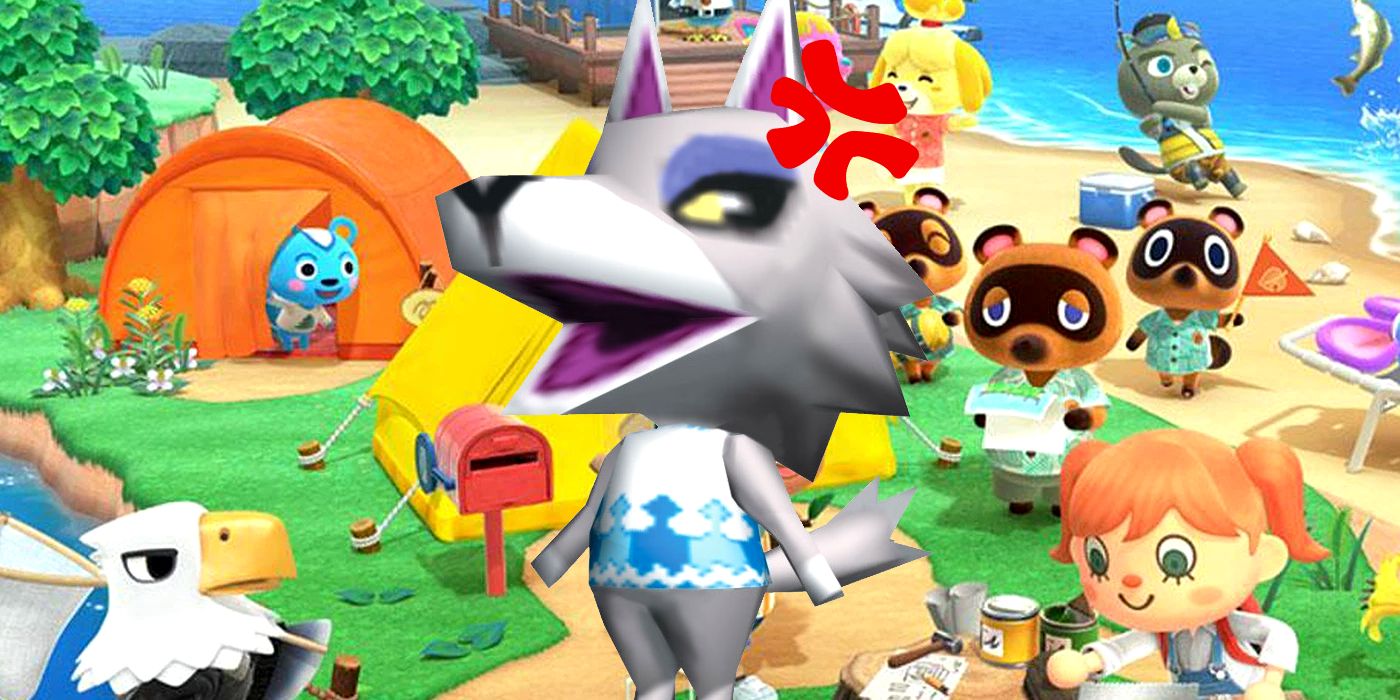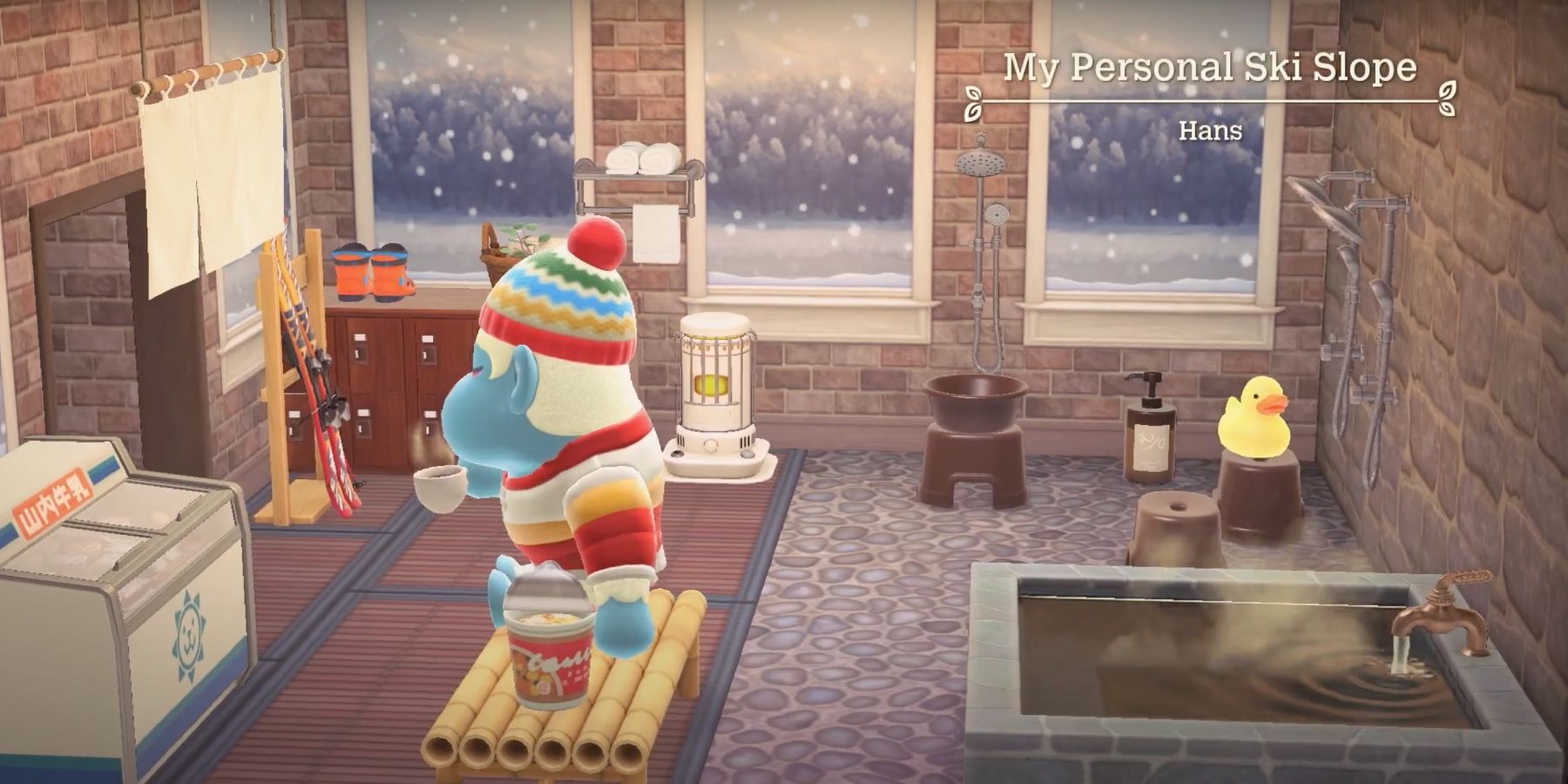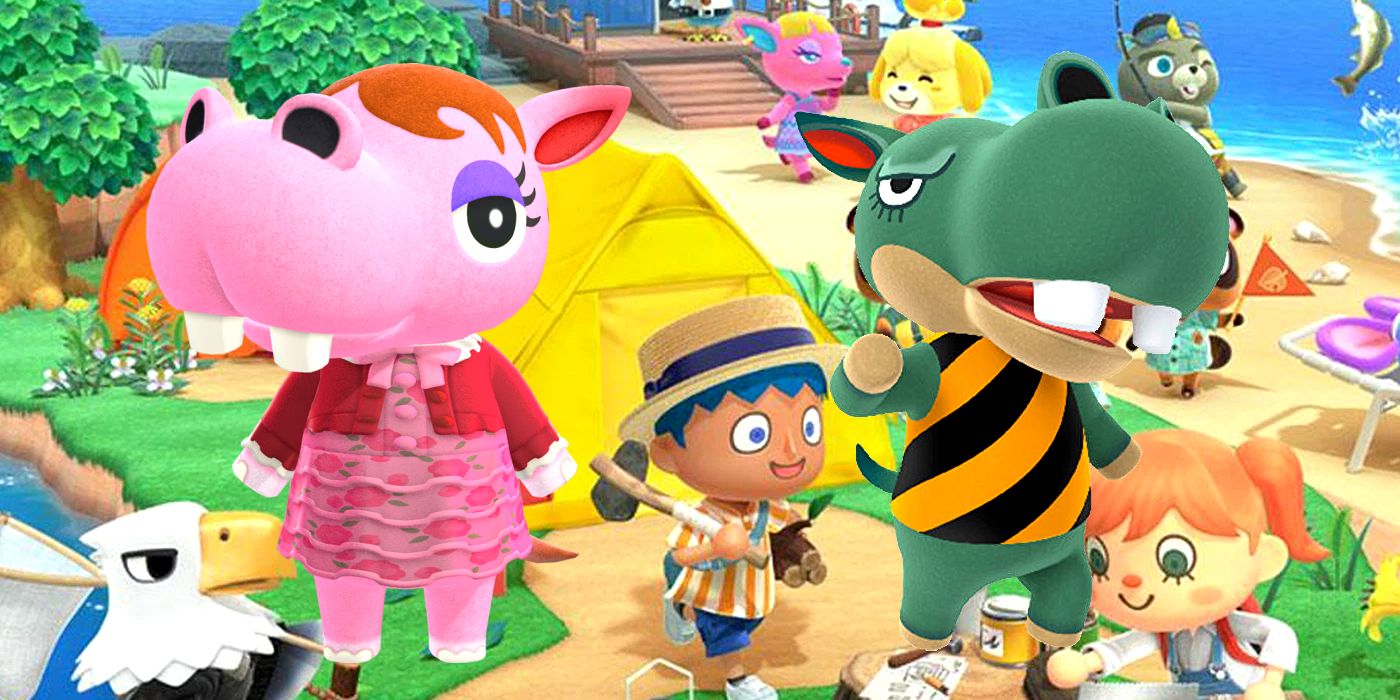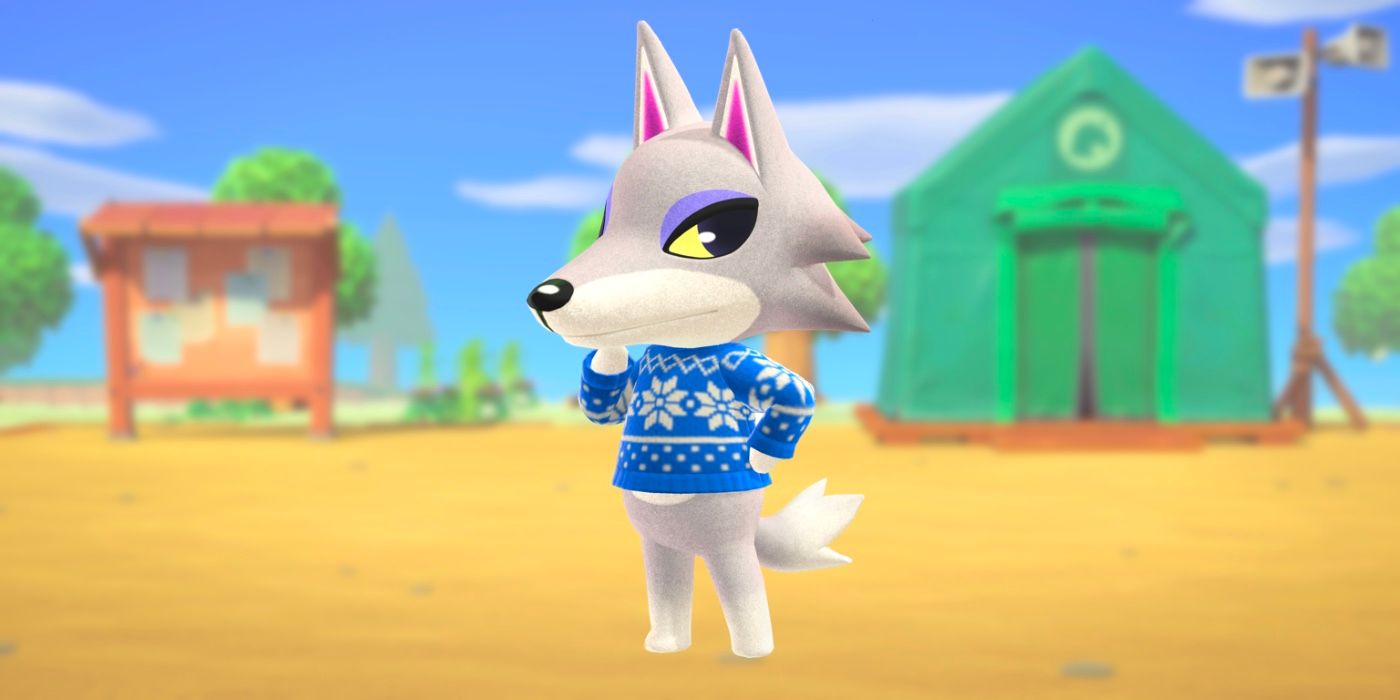
As of Animal Crossing: New Horizons, villagers in the Animal Crossing series cover such a range of personalities, species, and design concepts that some are out of place living on a tropical island on a close look. None of them will acknowledge this, as villager dialogue is determined by which of the game's eight general personality types each animal represents. But given that inhabitants of the Animal Crossing world have infamously grown more and more polite as the series has gone on, it's easy to imagine stranger fits for ACNH in particular keeping their discomfort with island life to themselves.
Determining which villagers are ill-suited to island life isn't really doable with generalizations. For instance, an ACNH player might find themselves thinking none of the game's penguins belong in its setting - but setting aside the Christmas sweaters that the birds who default to wearing them can't be too comfortable in, numerous penguin species are, in fact, adapted to tropical or at least temperate environments. Hopper is one such penguin: the curmudgeonly and at times Animal Crossing villager jerk has yellow "eyebrows," red eyes, and a name that mark him as a rockhopper penguin, species of which reside naturally in such parts of the world as Madagascar and Australia.
But there are more specific, personal details associated with villagers that imply some as more or less climate-appropriate than others. Some deliberately represent specific animal species rather than broader categories of animals that contain a lot of variety in the real world. Each villager's default home design is unique and implies personalized interests and tastes, as do their appearances and associated missions in titles like the mobile game spinoff Pocket Camp and the New Horizons Happy Home Paradise DLC. Examining the finer points of some villagers' characterization and design and adding them together can leave it a wonder that an Island Representative can convince them to move onto their island at all.

Possibly no character in ACNH's menagerie of potential island inhabitants feels more immediately out of place amongst coconut trees and sandy beaches than Hans. While the Smug villager is officially one of the game's gorillas, his fluffy white fur and penchant for snow jackets make it clear at a glance that his design riffs on the species model to create a yeti character. His home interior in ACNH resembles a warm bonfire area set up in the middle of a snowy forest, and in Happy Home Paradise, the island resident asks players to design him a ski slope.
Yeti sightings aren't exclusive to only one part of the world. While the creature sees the most direct and historical association with the Himalayan mountains in Nepal, China, India, Bhutan, and Pakistan, adventurers and cryptid hunters have reported seeing similar creatures in Russia and even the Alps in Europe. Still, snowy mountainous areas would seem to consistently be the yeti's climate of choice, and a location doesn't get much further from that than a mostly sea-level island with summers full of tropical butterflies. In addition, ACNH islands don't exactly get snowy or, for that matter, feature enough slopes that it's easy to imagine anyone skiing on them, even if Animal Crossing has always featured distinct seasons. It's hard to speculate what could draw the ski enthusiast yeti to one for more than a brief seasonal vacation.

Surprisingly, hippos are a much more inherent mismatch to New Horizons's setting than penguins are. While they spend most of their time wading in and around rivers, lakes, and other bodies of water, hippos are poor at meaningfully swimming. If they're anything like their real-world counterparts, ACNH's hippos may not be terribly comforted by looking around the islands they call home and seeing miles of open ocean on all sides. And when it comes to partaking in the activities associated with New Horizons's village life, they're best off keeping their creature-collection efforts to fishing and bug-catching rather than dabbling in diving for any of Animal Crossing's rare and expensive sea creatures.
But some hippos at least have personalities that would reasonably draw them to an ACNH island once they put aside safety, while Rocco doesn't seem like the type to enjoy living outside of an urban environment. The Cranky series old-timer decorates his house like an active construction site in multiple games that feature him. Similarly, Pocket Camp associates him with the Civic furniture type, which covers items like office equipment and public park structures. Some ambitious island decorators have paved and decorated their towns to simulate a city environment - but it's easy to imagine Rocco finding most islands too sleepy and uncultivated for him.
Bitty also seems more like a city hippo than a natural island type. She's a Snooty villager, a personality type that lends to her voicing appreciation for finer things in life, such as fashion and beauty. Her home in the original GameCube Animal Crossing had a distinctly modern appearance, with metal floors and sleek furniture. In Happy Home Paradise, she requests an office for a fashion magazine. Then again, if that's her professional field, perhaps she's both happy and able to work and otherwise stay in touch with the faster world from home while surrounding herself with natural beauty.

If niche early Animal Crossing trivia still holds true in the modern series, Fang is one of the most specific potential villagers in ACNH who's unlikely to thrive in island life. Another Cranky villager who's been with the franchise since its GameCube days, Fang joins Hans in looking anything but tropical. He has the white fur of an arctic wolf, he defaults to blue clothes with snow and ice motifs in all of his appearances, and his Japanese name is Shiberia, or "Siberia" as written in katakana.
But according to his first collectible Animal Crossing card, Fang's association with the cold goes further than that. The original Animal Crossing's e-Reader cards bore trivia about the villagers they featured and shared messages from those villagers in character when scanned using an e-Reader device plugged into a Gameboy Advance. Fang's page on the Animal Crossing Wiki includes both his card's profile text, which explains that he loves his ability to blend into winter's snow, and the first part of his message. In it, he explicitly states that one won't ever run into him on "the islands," as they're too hot for him. This is likely in reference to the islands that players of the GameCube installment could visit by talking to the NPC Kapp'n for a boat tour - and that share some tropical trappings and imagery with those in ACNH.
E-Reader cards are hard to find and scan today, so particularly wealthy - or lucky - memorabilia collectors are best-equipped to verify or refute whether the rest of what the wolf has to say makes his appearance in ACNH two decades later seem less strange. The irony easily elicits a raised eyebrow all the same - especially as it seems unlikely Nintendo accounted for a future Animal Crossing game being all-island.
Of course, Animal Crossing: New Horizons's sheer customizability means that no villager truly needs to inhabit an island that it doesn't feel like they should be at home on. Not only have players turned their deserted islands into cityscapes, but they've also concocted Animal Crossing island designs that create movie-themed worlds, holiday playgrounds, environments imitating different parts of the world, fantasy settings, and more. The range of tastes villagers can have reflects the types of towns players can provide them to live in - if they're willing to put in the work and imagination.
Comments
Post a Comment